How AI Improves Scheduling Efficiency & Saves You Hours Weekly
Managing a packed schedule has always been one of my biggest challenges. Whether juggling content strategy meetings, client calls, or personal commitments, it felt like there were never enough hours in the day. But then I discovered how AI improves scheduling efficiency, and let me tell you—it was a game changer. No more double bookings, no more manual back-and-forth emails. AI-powered scheduling tools have completely transformed the way I manage my time, and in this article, I’ll break down exactly how they can do the same for you.
Why Traditional Scheduling Methods Fall Short
Let’s be real—manually managing a schedule is exhausting. Between endless calendar invites, last-minute cancellations, and timezone mishaps, it’s a recipe for frustration. Before AI, I relied on:
- Spreadsheets – Tedious and prone to human error.
- Email chains – Back-and-forth coordination eats up valuable time.
- Sticky notes & planners – Great for to-do lists, terrible for complex scheduling.
Sound familiar? You’re not alone. This outdated approach wastes time and energy—time that could be spent on high-value tasks instead. That’s where AI steps in.
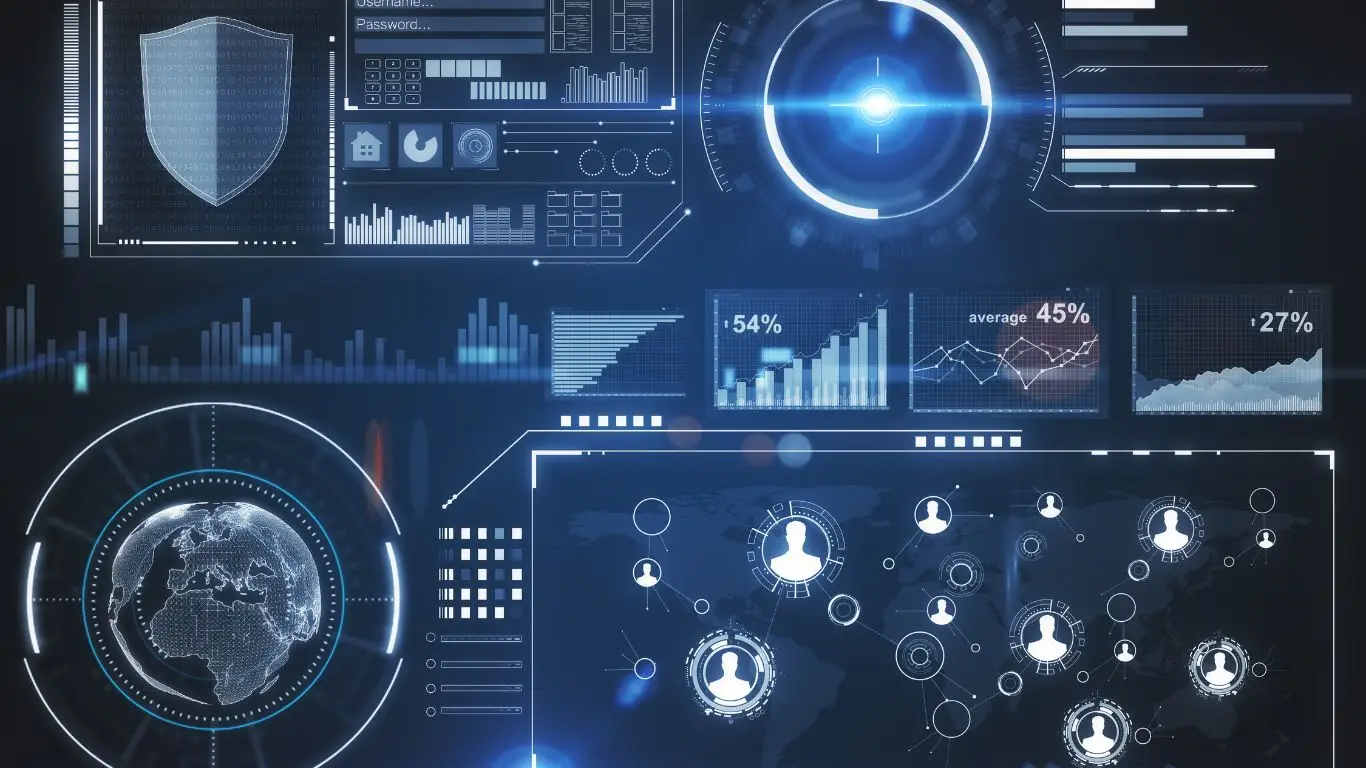 How AI Improves Scheduling Efficiency
How AI Improves Scheduling Efficiency
AI doesn’t just automate scheduling—it optimizes it. These tools use machine learning to analyze patterns, preferences, and availability, making scheduling seamless. Here’s how:
1. Smart Calendar Assistants
Tools like Google Calendar’s AI and Microsoft’s Scheduler use AI to suggest the best meeting times based on everyone’s availability. No more manually cross-checking schedules.
2. Automated Appointment Booking
Platforms like Calendly and Acuity Scheduling let clients or colleagues book available slots without the back-and-forth. AI ensures there’s no overlap and even accounts for buffer times.
3. Intelligent Reminders & Follow-Ups
AI-powered reminders help reduce no-shows by sending timely notifications via email or SMS. Some tools even analyze responses to nudge attendees who haven’t confirmed.
4. AI-Powered Rescheduling
Ever had a last-minute change mess up your entire day? AI can automatically adjust schedules, finding the next best available time while notifying all parties.
 Real-Life Benefits of AI in Scheduling
Real-Life Benefits of AI in Scheduling
Since integrating AI scheduling into my workflow, I’ve noticed:
- Increased Productivity: Less time coordinating, more time executing.
- Fewer Scheduling Conflicts: AI minimizes human errors and double-bookings.
- Better Work-Life Balance: AI blocks personal time, preventing overbooking.
Honestly, I used to feel overwhelmed keeping up with meetings. Now? My schedule flows effortlessly, and I can actually focus on what matters.
 AI-Powered Scheduling: A Game Changer for Teams
AI-Powered Scheduling: A Game Changer for Teams
While AI-driven scheduling has been a lifesaver for me personally, the impact is even bigger when applied to teams and businesses. I’ve seen firsthand how AI can streamline operations in ways that manual scheduling simply can’t match.
1. Eliminating Meeting Chaos
In my early days working with teams, scheduling a simple meeting was a headache. Between different time zones, conflicting availabilities, and last-minute cancellations, it often felt like an impossible puzzle. AI solves this by:
- Automatically suggesting meeting times that work for everyone.
- Detecting scheduling conflicts before they happen.
- Sending smart reminders to reduce no-shows.
Now, meetings just… happen. No more endless Slack messages like, “Hey, are you free at 3?” AI does the heavy lifting, so teams can focus on more important things.
2. Optimizing Employee Schedules
For businesses with rotating shifts—think customer support teams, hospitals, or retail stores—AI scheduling is a game changer. Tools like Workforce AI and Shiftboard help:
- Ensure fair shift distribution.
- Predict employee availability based on historical data.
- Adjust schedules dynamically based on demand.
One of my clients, who manages a large customer service team, used to spend hours manually creating shift schedules. After switching to AI-powered scheduling, that process now takes minutes. Plus, employees are happier because they get shifts that align with their preferences.
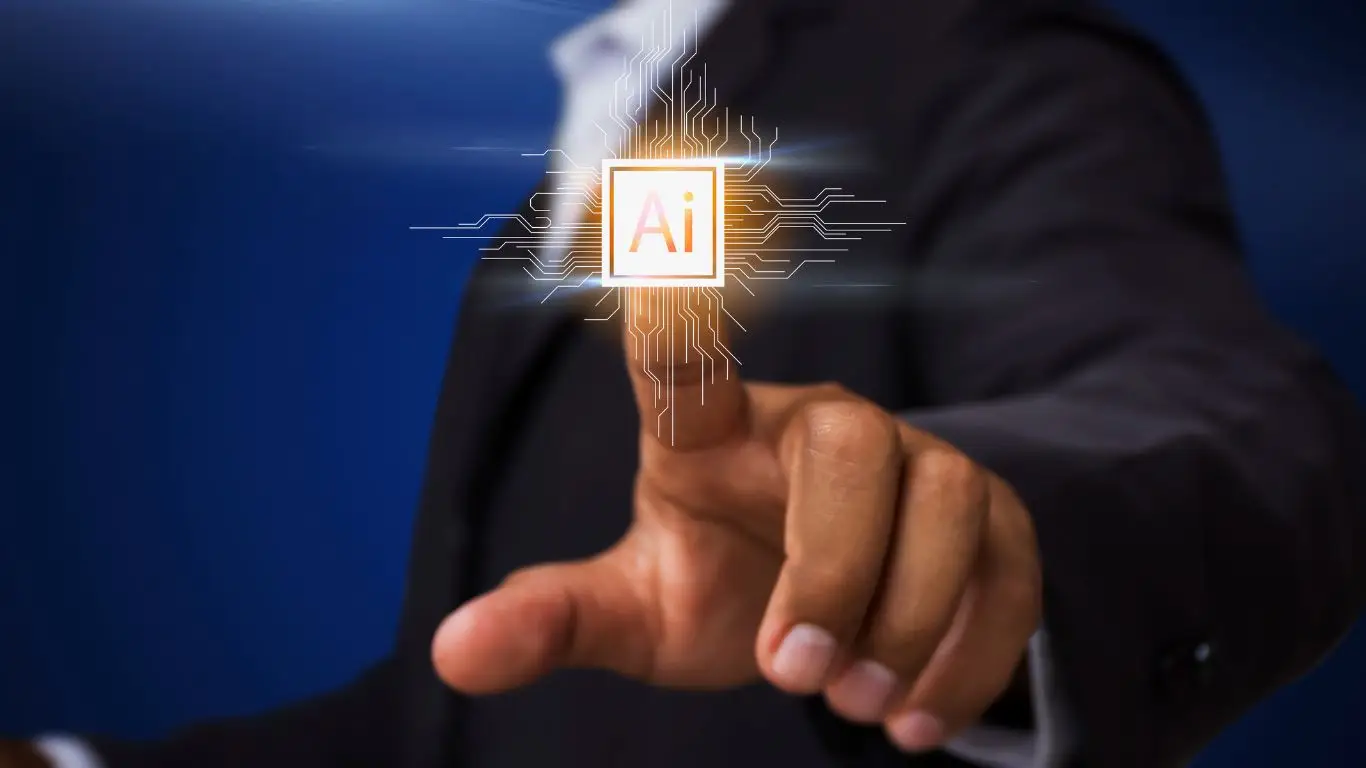 AI in Personal Scheduling: More Than Just Work
AI in Personal Scheduling: More Than Just Work
AI scheduling isn’t just for businesses—it’s a huge help in everyday life, too. From personal appointments to social events, AI has quietly made my life easier in ways I didn’t expect.
1. Smart Personal Assistants
AI-powered tools like Google Assistant, Siri, and Amazon Alexa have become my go-to for scheduling personal tasks. Whether it’s setting reminders for doctor’s appointments or planning a weekend trip, AI helps me stay on top of things.
2. AI for Travel & Reservations
Ever tried booking a dinner reservation on a busy weekend? AI-driven tools like OpenTable and Resy can automatically find the best available times and even predict when a spot might open up.
And let’s not forget travel planning. AI-powered apps like Hopper analyze flight prices, suggesting the best time to book. This has saved me hundreds of dollars on trips!
3. AI-Enhanced Task Management
Between content strategy, client projects, and personal goals, my to-do list is never-ending. AI-powered task managers like Todoist and ClickUp analyze deadlines and priorities, automatically suggesting the best order to tackle tasks. It’s like having a productivity coach in my pocket.
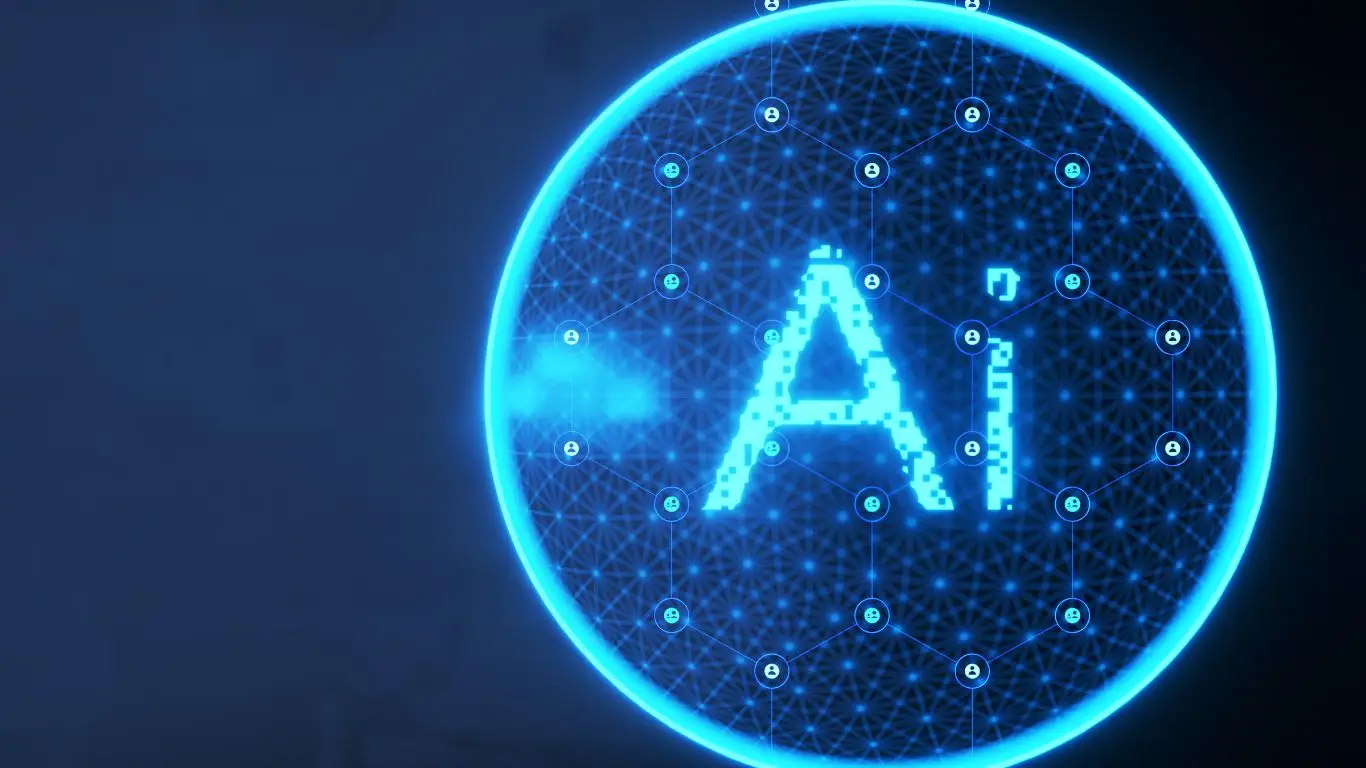 The Future of AI Scheduling: What’s Next?
The Future of AI Scheduling: What’s Next?
AI scheduling is already impressive, but the future looks even brighter. Experts predict advancements like:
- AI-powered negotiations: Imagine an AI that can negotiate meeting times on your behalf, automatically balancing preferences.
- Predictive analytics: AI could analyze work habits to suggest optimal schedules for peak productivity.
- Deeper integrations: Future AI scheduling tools might sync with health data, ensuring meetings are scheduled when you’re most alert.
With AI evolving at lightning speed, scheduling efficiency is only going to get better. And honestly? I can’t wait to see where it goes next.
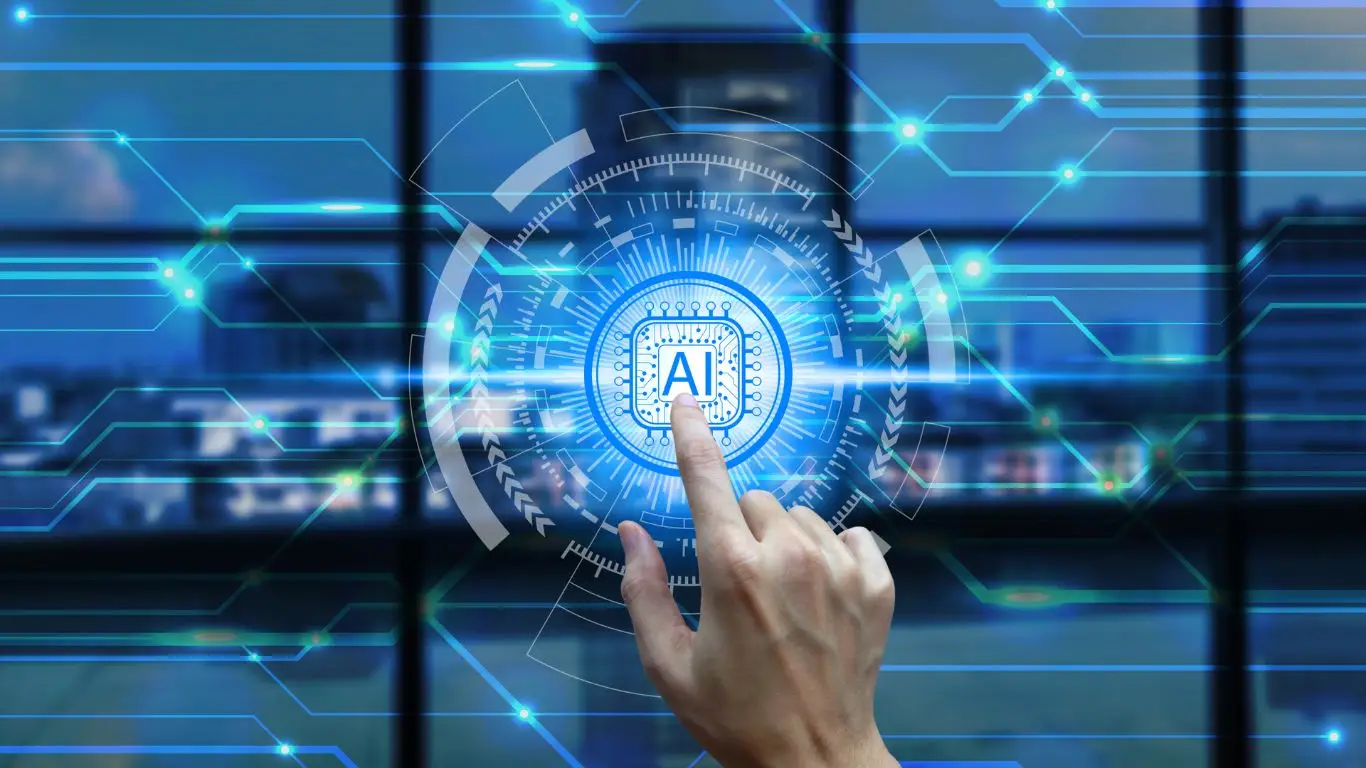 Overcoming Challenges in AI-Powered Scheduling
Overcoming Challenges in AI-Powered Scheduling
Now, as much as I rave about how AI improves scheduling efficiency, I won’t pretend it’s all sunshine and perfect calendar invites. Like any technology, AI-driven scheduling has its own set of challenges. But don’t worry—there are ways to work around them.
1. Data Privacy Concerns
One of the biggest concerns people have when using AI scheduling tools is privacy. Let’s be honest—allowing an AI to manage your calendar means sharing personal and business data. This is why it’s critical to use platforms that prioritize security.
Some best practices I follow include:
- Using tools that offer end-to-end encryption for scheduling data.
- Reviewing app permissions to ensure AI isn’t collecting unnecessary information.
- Sticking to trusted platforms that comply with GDPR and other data protection laws.
2. AI’s Learning Curve
AI scheduling tools get better with time—but at first, they might not always get it right. I remember when I first started using an AI assistant, it kept scheduling meetings during my lunch breaks (and trust me, I don’t like missing meals!).
The key is to train your AI properly by:
- Consistently updating your availability preferences.
- Manually adjusting errors so the AI learns your habits.
- Integrating AI with other productivity tools to improve accuracy.
3. Resistance to Change
Some people (especially in traditional industries) still resist AI-based scheduling. They prefer the old-school method of manually setting up meetings. But once they see how much time it saves, they usually come around.
When introducing AI scheduling to a team, I recommend:
- Providing a quick demo to show how easy it is.
- Starting with a hybrid approach—AI suggests schedules, but humans confirm.
- Highlighting success stories of increased productivity.
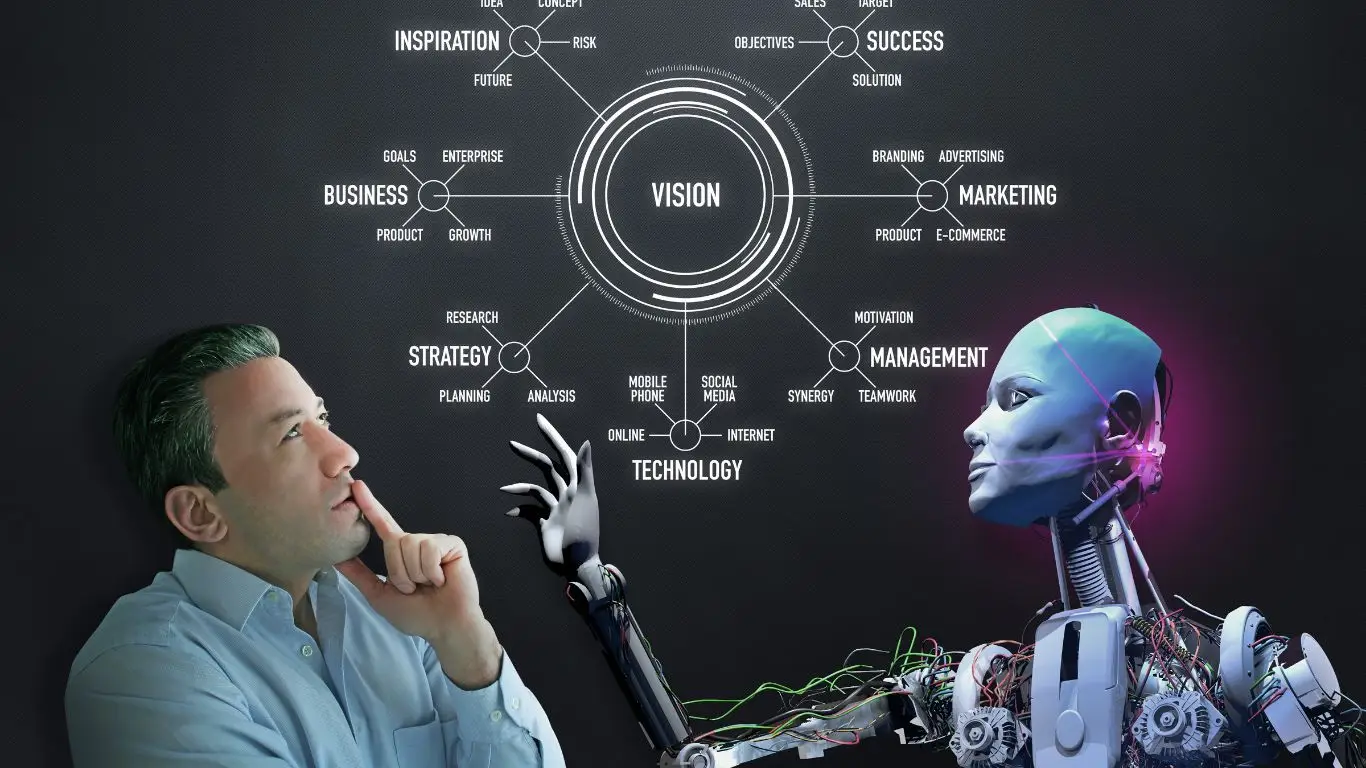 The Future of AI in Scheduling
The Future of AI in Scheduling
We’re just scratching the surface of what AI can do for scheduling. The next few years will bring even more innovations that will make our lives easier.
1. AI-Powered Time Blocking
AI will soon become even smarter at managing our daily routines. Imagine an assistant that automatically blocks time for focused work, breaks, and even creative brainstorming sessions based on your energy levels.
2. Personalized Scheduling Based on Productivity
Instead of just checking calendar availability, future AI tools might analyze your work habits and suggest meeting times when you’re most productive. I’d love an AI that tells me, “Hey, your energy dips around 3 PM—let’s not schedule anything then.”
3. Voice-Activated Scheduling
We’re already seeing tools like Microsoft Scheduler integrate with voice assistants. Soon, scheduling might be as easy as saying, “Hey AI, book a meeting with John next week.” No screens required!
Final Thoughts: Should You Trust AI with Your Schedule?
If you’re still on the fence about AI-powered scheduling, here’s my advice: give it a try. Start small—maybe use it for personal scheduling first, then expand to work meetings. Once you experience how much time and stress it saves, you’ll wonder how you ever lived without it.
At the end of the day, AI scheduling isn’t about replacing human decision-making—it’s about enhancing efficiency so you can focus on what truly matters. Whether it’s business, personal life, or just getting that extra hour back in your day, AI is here to make scheduling effortless.
References
Disclaimer
The information in this article is based on my personal experience and research. While AI-powered scheduling tools are highly effective, results may vary depending on usage and implementation. Always choose AI tools that align with your privacy and business needs.